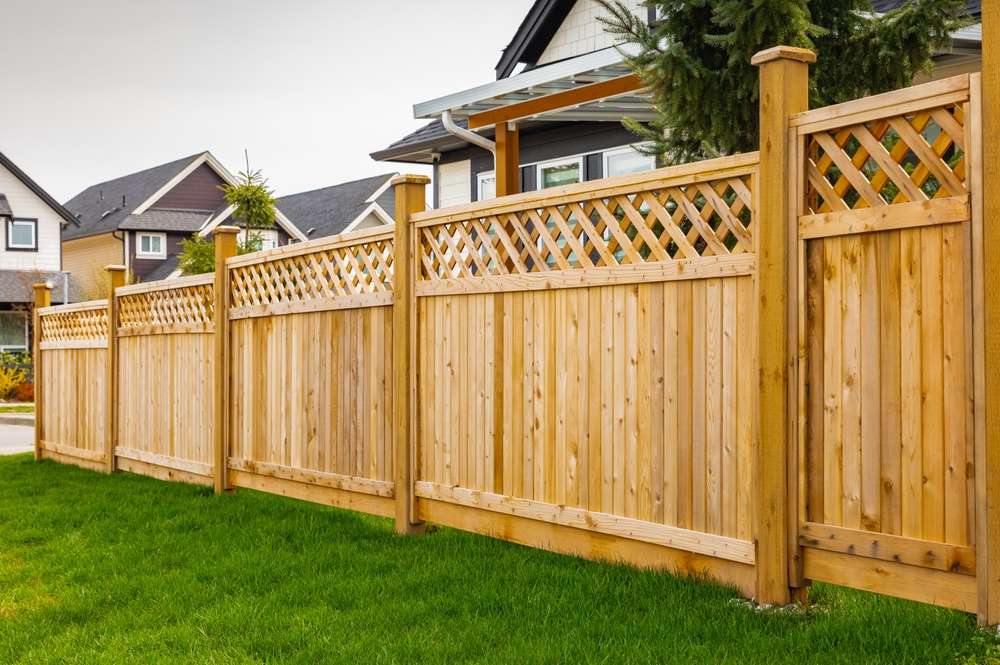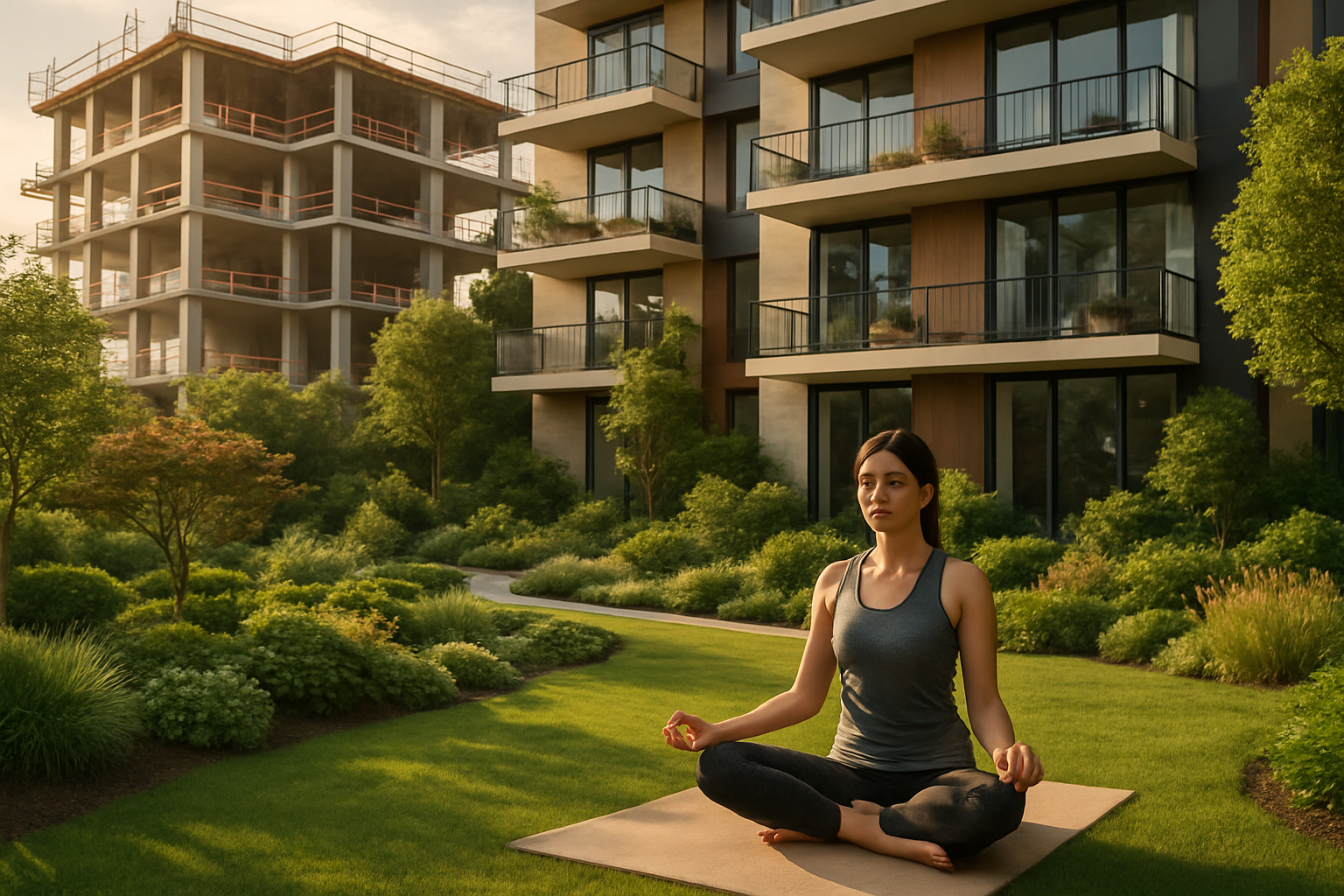How to Select the Best Garden Fence for Your Needs
Discover the most popular types of garden fences, including wood, vinyl, aluminum, chain-link, and wrought iron fences. Learn about installation costs, privacy options, and maintenance tips. Innovative ideas like gabion walls and laser-cut metal panels are also explored.

Selecting the perfect garden fence requires careful consideration of multiple factors including your property’s style, security needs, maintenance preferences, and budget constraints. The right fence serves as both a functional boundary and an aesthetic element that complements your outdoor space. Whether you’re looking to keep pets safely contained, block unwanted views, or simply enhance your garden’s appearance, understanding the available options will help you make an informed decision that provides lasting satisfaction.
What are the most popular types of garden fences?
Garden fences come in various materials, each offering distinct advantages and aesthetic qualities. Wood fencing remains a perennial favorite due to its natural appearance and versatility. Cedar, pine, and redwood are commonly used woods, with cedar being particularly valued for its natural resistance to decay and insects.
Metal fencing options include aluminum, wrought iron, and chain-link. Aluminum provides a maintenance-free alternative that won’t rust, while wrought iron offers classic elegance with superior durability. Chain-link, though less decorative, provides an economical and highly functional option.
Vinyl fencing has gained popularity for its virtually maintenance-free nature and long lifespan. Available in various styles that mimic wood and other materials, vinyl resists rotting, warping, and fading. Composite fencing, made from recycled wood fibers and plastic, combines the natural look of wood with enhanced durability and reduced maintenance requirements.
Living fences, created from hedges, shrubs, or climbing plants on trellises, offer a green alternative that enhances biodiversity and provides a softer boundary line that changes with the seasons.
How much does garden fence installation typically cost?
The cost of garden fence installation varies significantly based on materials, length, height, terrain, and labor costs in your region. Wood fencing typically ranges from $15 to $50 per linear foot installed, with pressure-treated pine being the most economical and hardwoods like cedar commanding premium prices.
Vinyl fencing generally costs between $20 and $40 per linear foot installed, with the higher upfront cost offset by minimal maintenance expenses over time. Metal fencing prices vary widely: chain-link starts around $10 per linear foot, aluminum averages $20 to $40, and wrought iron can range from $30 to $100+ per linear foot installed.
Additional cost factors include gates, which typically add $150-$600 each depending on size and material; post reinforcement for areas with high winds; and terrain challenges like slopes or rocky soil that complicate installation.
| Fence Type | Material Cost (per linear foot) | Total Installed Cost (per linear foot) | Typical Lifespan |
|---|---|---|---|
| Pressure-Treated Pine | $7-$15 | $15-$30 | 10-15 years |
| Cedar | $10-$25 | $20-$40 | 15-30 years |
| Vinyl | $15-$30 | $20-$40 | 30+ years |
| Aluminum | $15-$30 | $20-$40 | 20+ years |
| Wrought Iron | $20-$60 | $30-$100+ | 50+ years |
| Chain-link | $5-$15 | $10-$25 | 15-20 years |
Prices, rates, or cost estimates mentioned in this article are based on the latest available information but may change over time. Independent research is advised before making financial decisions.
What are the best fencing options for privacy?
When privacy is a priority, fence height and design become crucial considerations. Solid panel fences made of wood or vinyl, typically 6 to 8 feet tall, provide the most comprehensive visual barrier. These panels come in various styles, from simple flat-top designs to more decorative options with lattice accents.
Horizontal slat fences, constructed with boards arranged horizontally rather than vertically, offer a modern aesthetic while maintaining excellent privacy. The gap between slats can be adjusted based on your privacy needs. Louvered fence panels feature angled slats that block direct line of sight while still allowing airflow, making them ideal for areas where complete solidity might create wind resistance issues.
For those preferring natural solutions, dense evergreen hedges like arborvitae, yew, or holly create living privacy screens that improve with age. These can be supplemented with faster-growing annual vines on trellises while the permanent plantings mature. Bamboo fencing provides another natural option with quick growth and excellent screening properties.
Composite privacy fences offer the look of wood with enhanced durability and minimal maintenance requirements. These environmentally friendly options resist warping, cracking, and fading, making them ideal for long-term privacy solutions in various climates.
What factors should I consider when choosing a garden fence?
The purpose of your fence should guide your selection process. If security is paramount, choose taller fences (6+ feet) with minimal footholds and robust gates with quality locks. For containing pets or children, ensure the design prevents escape through gaps or under the fence.
Local regulations often dictate fence height, setback requirements, and sometimes material or design restrictions. Check with your municipality and homeowners association before purchasing materials. Consider your property’s architectural style and landscaping when selecting fence designs—traditional homes often pair well with picket or post-and-rail fences, while contemporary properties may suit horizontal slat or metal designs.
Climate considerations are essential for long-term satisfaction. In coastal areas with salt spray, aluminum or vinyl outperforms wood. In regions with extreme temperature fluctuations, materials that resist expansion and contraction, like vinyl or composite, often perform better. High-wind areas require stronger post foundations and possibly wind-resistant designs.
Your available maintenance time and budget should influence material selection. Wood fences require regular sealing, staining, or painting, while vinyl and aluminum need only occasional cleaning. Also consider your fence’s environmental impact—sustainable wood sources, recycled materials, or living fences offer eco-friendlier alternatives.
How can I maintain my garden fence for longevity?
Regular maintenance significantly extends your fence’s lifespan regardless of material. For wooden fences, apply a water-repellent preservative or stain every 2-3 years to prevent moisture damage. Inspect annually for loose boards, protruding nails, or signs of rot, addressing issues promptly before they worsen.
Vinyl and composite fences benefit from twice-yearly cleaning with mild soap and water to remove dirt and prevent staining. While these materials resist most forms of deterioration, check for loose components and ensure drainage remains adequate around posts to prevent shifting.
Metal fences require different care depending on the specific material. Wrought iron should be checked regularly for rust, with affected areas sanded and repainted promptly. Aluminum fences need only occasional cleaning, though checking for loose fasteners remains important.
Ground-contact points represent the most vulnerable areas of any fence. Ensure proper drainage around posts and consider installing metal post shields or concrete footers to extend the life of wooden components. Trim vegetation growing against the fence to reduce moisture retention and prevent damage from climbing plants.
Winter maintenance is particularly important in colder climates. Remove heavy snow accumulation from fence tops to prevent warping or collapse. For gates, lubricate hinges and latches seasonally to ensure smooth operation and prevent moisture-related corrosion.
A well-maintained garden fence not only preserves your investment but continues to enhance your property’s appearance and functionality for many years. By selecting the right fence for your specific needs and following appropriate maintenance routines, you can enjoy the benefits of your garden boundary with minimal hassle and maximum satisfaction.




